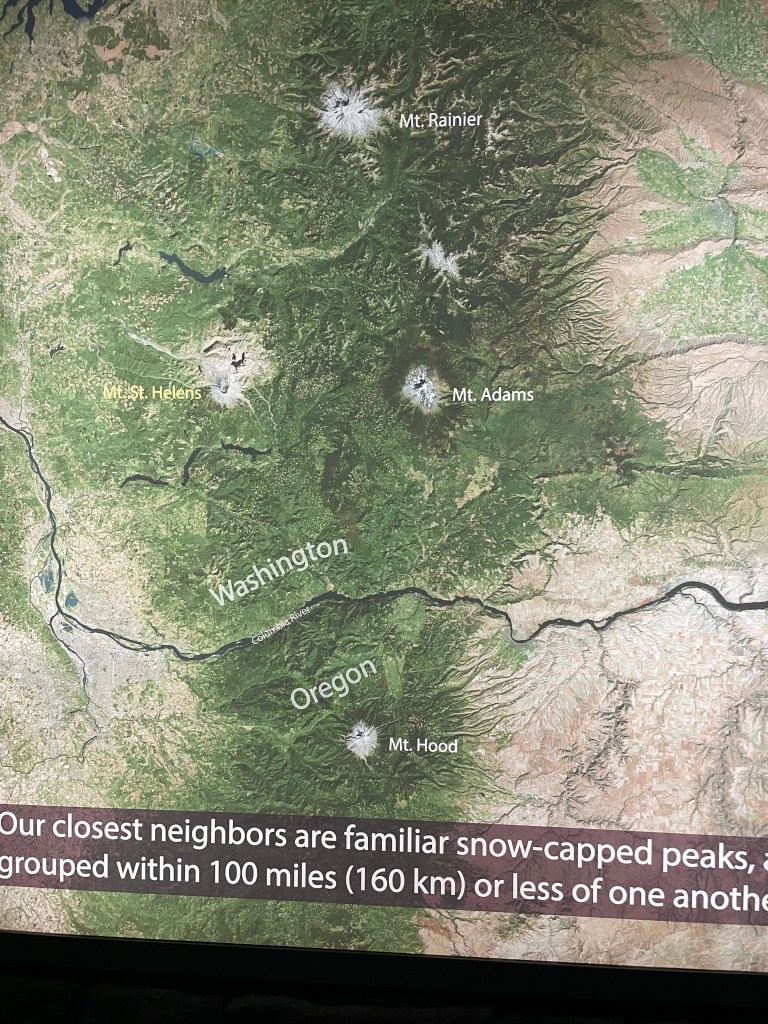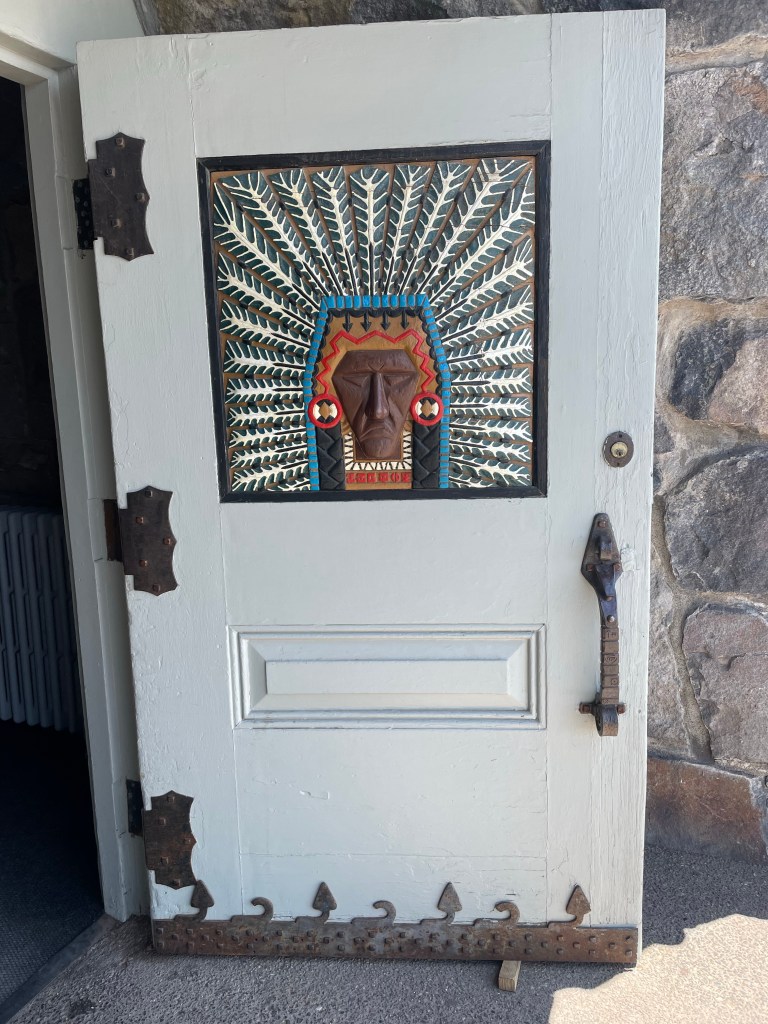We went to see Oppenheimer, a movie I knew I had to see, but at the same time I was dreading it. We all hear about Los Alamos and what happened secretly in New Mexico for years as the science was developed to create the Trinity device that effectively ended WW2, while also changing the world for eternity.
I have been to the Truman Library in Independence, Missouri. I saw the documentation about how President Truman found out about the Manhattan Project. The movies about the impact of the bombs were horrifying. To see the ‘green plug’ from the Fat Man, plutonium bomb that fell on Nagasaki actually made me shiver.
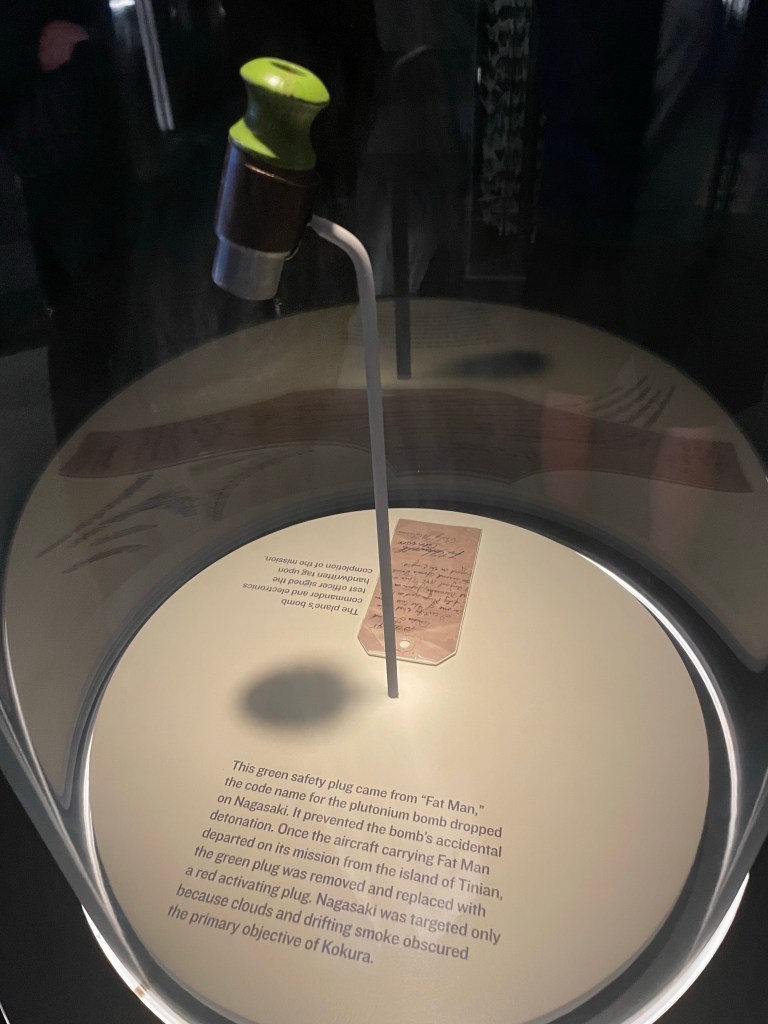


I knew about the Manhattan Project and the work done in Los Alamos, but I was not aware of what happened in Oak Ridge, Tennessee. And it was not until this summer that I learned about Hanford, Washington.
Oak Ridge, Tennessee, was the military headquarters for the Manhattan Project. The town of Hanford, Washington, was where the plutonium was processed. I am not a physicist or an historian of WW2. I knew the little bit that I knew, and to be honest that was enough. Knowing what I know now is a bit frightening.
This summer we took a cruise on the Columbia and Snake rivers to learn about the Lewis and Clark Expedition. Though I did learn so much about the history of that journey, docking near Hanford. opened my eyes to the immensity of the Manhattan Project and the multiple places where the secret experiments were carried out and the bombs were manufactured.
The Hanford Engineering Works was where the plutonium was processed. This almost 600-square-mile site was another secret city where people worked on the development of the nuclear bomb. To this day, two thirds of our country’s nuclear waste is contained somewhere on this site. The water and air continue to be monitored. Barriers have been built to keep the waste contained. Families with children live and work here. I am not sure I would want to live there. But many do.
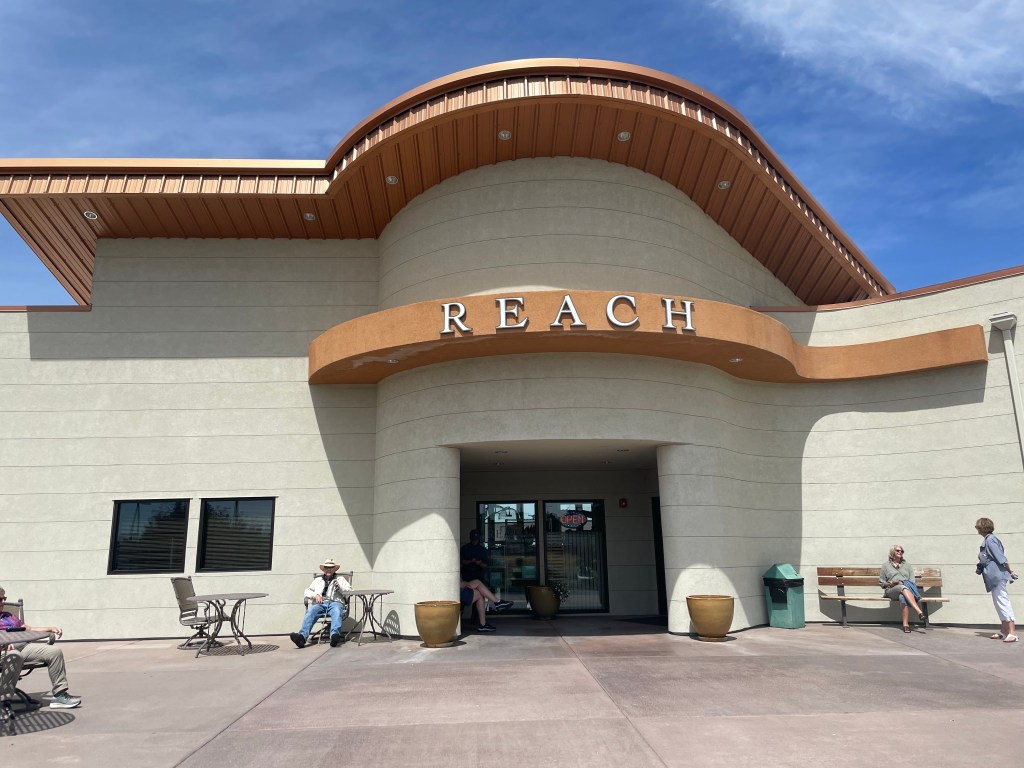
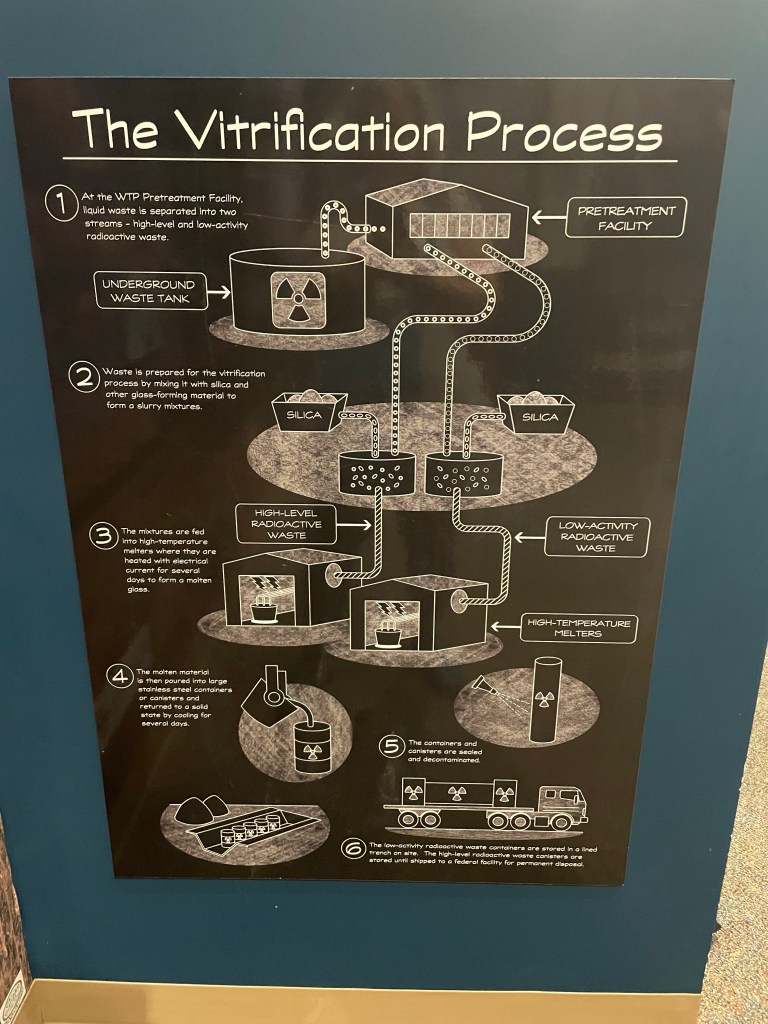

While in the Hanford area, in what is called the Tri-Cities, we visited the REACH Museum. The museum focus on this area and the time before Hanford became part of the Manhattan Project, but it also has an area devoted to the development of the atomic bomb. For me this was a revelation. I had absolutely no idea what happened here! Just like in Los Alamos, an entire town and community was developed in a secluded area basically uninhabited.
In 2015 the Manhattan Project National Historical Park was created. This part preserves areas in the three sites where the atomic bomb and its secret development was worked on: Los Alamos, Oak Ridge and Hanford. Parts of these sites are open to the public.
Watching Oppenheimer was emotionally intense. To see how these people came together to invent the unimaginable and how some were horrified by what they had developed. To see Oppenheimergo from a man honored for his work as the director of the Manhattan Project to a pariah for his work afterwards to keep additional bombs from being developed.
To see how he was attacked and verified was a bit frightening. I knew about MaCarthyism and the attack on many Americans because they might have once been communists. I learned in college how these attacks hurt many innocent people. And how Joseph McCarthy was finally stopped. I did not know that the fear about communism also impacted Robert Oppenheimer.
In the movie they ask him when opinions on the bomb and what he did had changed. To me this was a ridiculous question. Can you imagine being among those scientist who learned how to use the power of the atom and plutonium to kill hundreds of thousands of people? I would imagine that many had second thoughts about what they had unleashed even though the bombs did end the war with Japan.
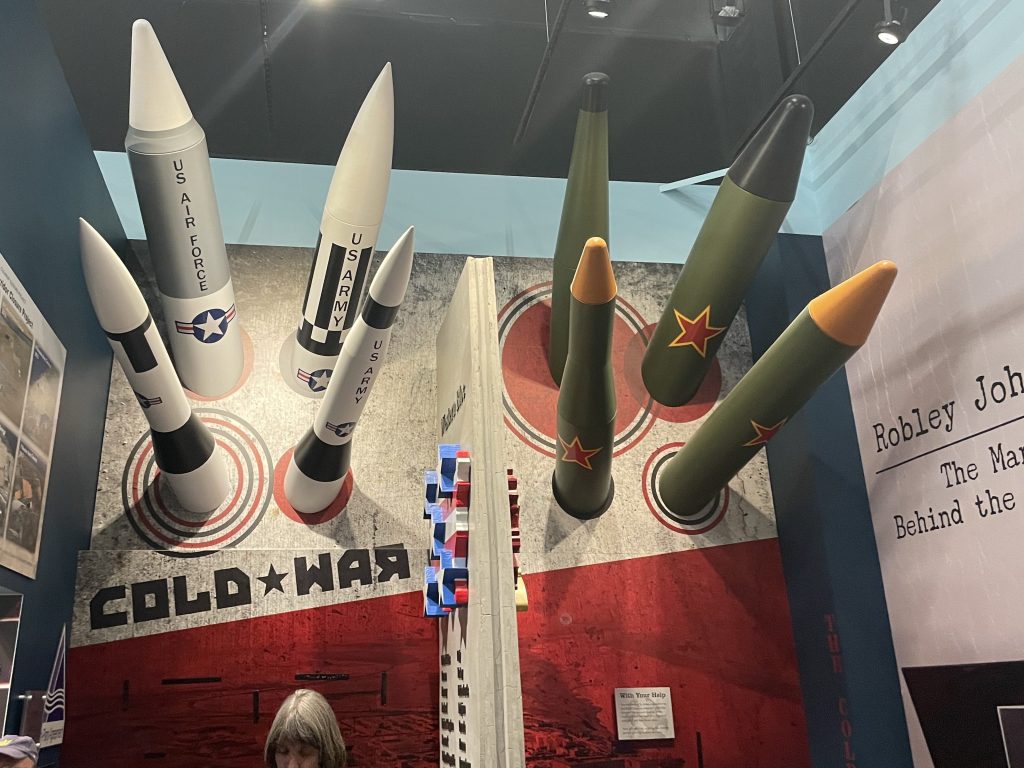
We all need to learn about how the bomb was developed and the efforts to stop the continued development of bombs in the 1950s. Perhaps the world would be a different place if that had happened. Because even today the fear of nuclear bombs continues to be a threat to our world. So we have to ask, as Oppenheimer did, did he “become Death, the destroyer of worlds”?
I hope not.
To learn about the Manhattan Project National Park https://www.nps.gov/mapr/index.htm
The Reach Museum: https://visitthereach.us/

